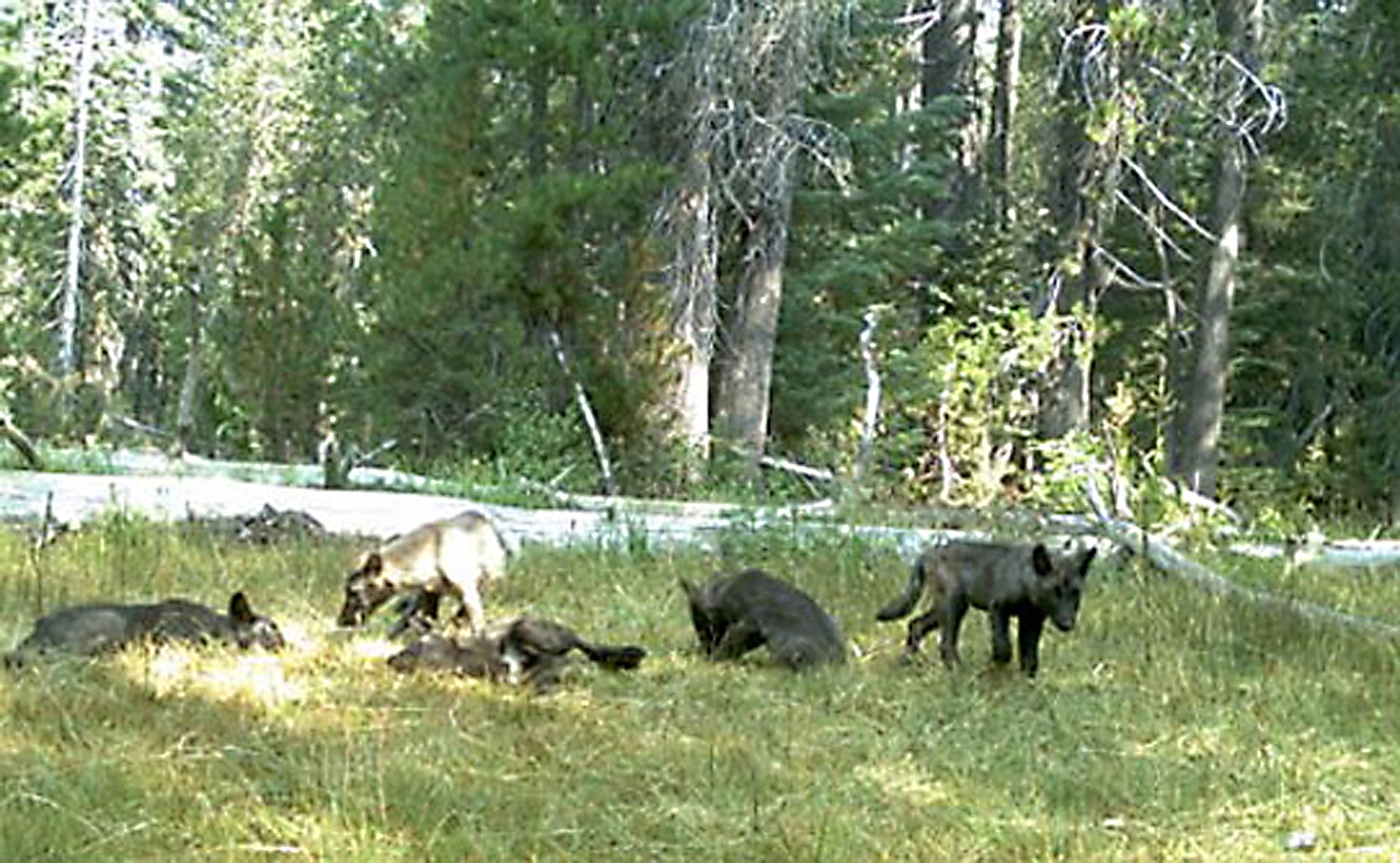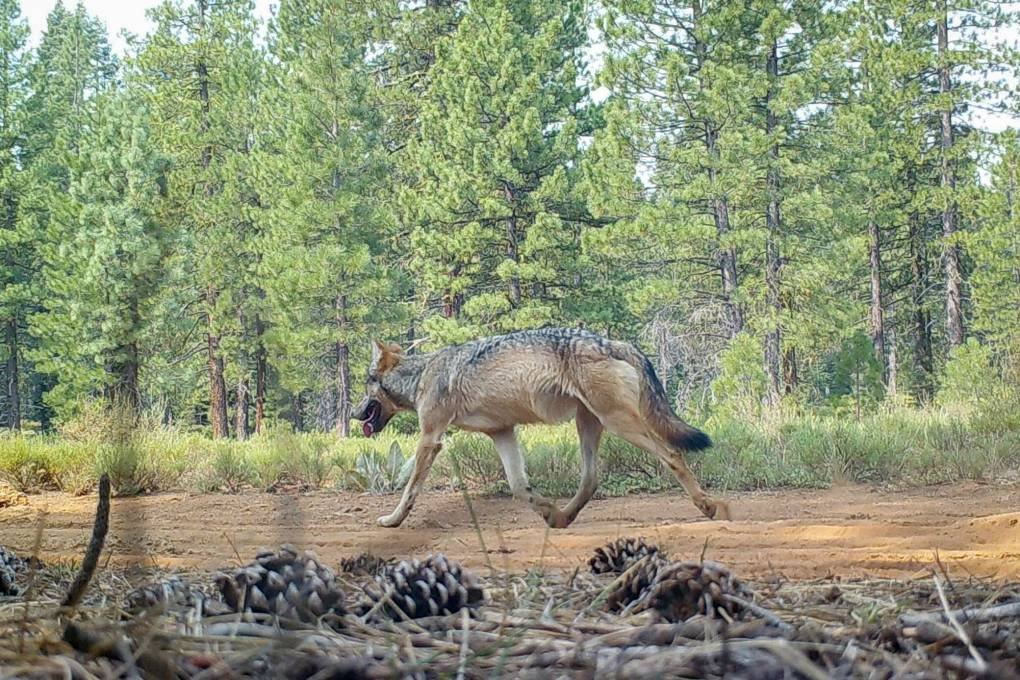State officials pursued alternative strategies for months before making the decision. This included “hazing,” or techniques intended to scare wolves off without causing them harm. The U.S. Department of Agriculture sent a team operating drones carrying speakers playing AC/DC, and other loud noises.
State officials sent a “summer strike team,” providing ranchers with round-the-clock support. And ranchers locally were “committed,” Roen said, many of them sleeping in their fields all summer, trying to “dissuade and haze wolves out of the livestock.”
“It’s a shame that it had to only come to that,” Roen said. “Nobody’s happy about what happened, but everybody’s relieved that something was done to help stop the siege that we were living in.”
Wolves are listed as a recovering endangered species, which means it’s illegal to kill them under state and federal law.
Along with other California predators, like the grizzly bear, wolves were hunted into extirpation during European colonization and settlement of the West. This all changed in December 2011, when a gray wolf named OR-7 crossed into California’s Siskiyou County, the first confirmed wild wolf spotted in the state since 1924.

Ten packs of wolves now live in California, all descendants of the famed wolf reintroduction to Yellowstone National Park in 1995. The return of the apex predator after a 70-year absence ushered in a noticeable and profound impact on the local ecology, “changing the rivers,” as a viral 2014 video put it.
Kaggie Orrick, the director of the California Wolf Project at UC Berkeley, said that any loss of life in the state is tragic, whether it’s the death of the wolves or the loss of cattle in the Sierra Valley.
Balancing the protection of individual animals with the success of a species as a whole, she said, is a constant struggle within conservation work.
“The removal of one pack is not necessarily going to be detrimental for wolf recovery across the state,” she said. “We are going to continue to see other packs populate and disperse throughout all of California. That also speaks to the fact that we need to really be focused on improving management and the science of wolves in the state, because they’re only going to just keep coming.”
KQED’s Danielle Venton contributed to this report.





